
Compliance Requirements for U.S. Market Wireless Products
For cross-border electronics companies, the U.S. market is undoubtedly a “must-win battlefield.” As the world’s largest consumer electronics market—exceeding $100 billion annually—with strong consumer demand for wireless products (such as Bluetooth earphones, smartwatches, WiFi routers, etc.), entry requires overcoming a critical hurdle: FCC certification. This certification is not only legally mandatory but also a prerequisite for listing on platforms like Amazon, eBay, and Walmart. This article explains the logic behind FCC certification, interprets platform requirements, and helps companies mitigate risks while seizing market opportunities.
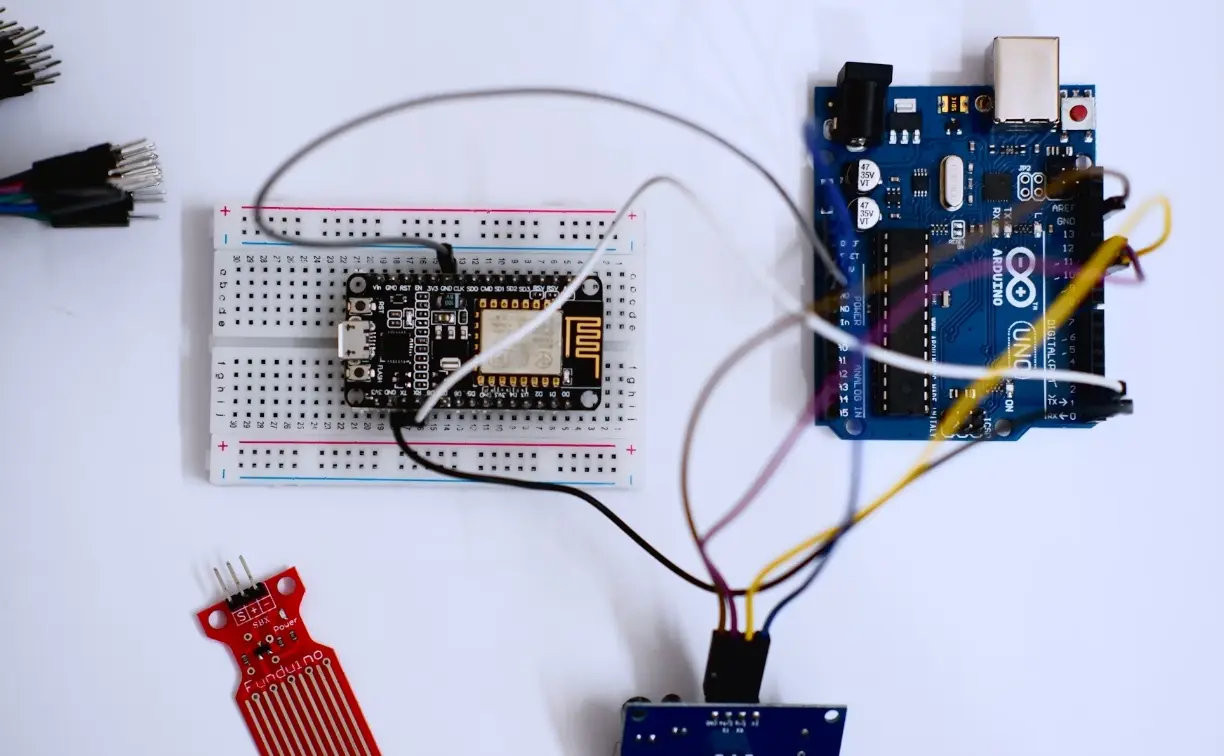
What is FCC Certification?
The FCC (Federal Communications Commission)regULates communications and wireless devices in the U.S. Its certification essentially involves Electromagnetic Compatibility (EMC)and Radio Frequency (RF)testing—ensuring that products do not interfere with wireless communications (e.g., mobile phones, broadcasting) and can resist external interference.
Why is it indispensable?
- Legal Requirement: Section 302 of the Federal Communications Act stipulates that any device capable of causing RF interference must obtain FCC certification before it can be sold, imported, or used. Violations may lead to product seizure or destruction, fines up to $100,000 per unit, and even criminal liability.
- Market Demand: U.S. consumers heavily rely on compliance marks, and the fcc id is a key indicator of product safety. Moreover, major e-commerce platforms mandate certification—without it, sellers cannot create listings.
Which Products Require FCC Certification?
The core criterion is “Does it use radio frequency?”Key categories include:
- Short-range wireless: Bluetooth earphones, speakers, fitness bands, wireless MICe/keyboards, wireless doorbells
- RF products: WiFi routers, 4G/5G modules, walkie-talkies, GPS trackers
- Other RF devices: Microwave ovens, wireless chargers, LED lights with wireless control
Even non-standalone products (e.g., refrigerators with WiFi modules) require certification, which must be reflected in the complete system documentation.
Platform Enforcement of FCC Requirements
Clearing customs is only step one—listing on platforms is the real barrier. While requirements vary across platforms, the logic is consistent: complete, authentic documentation and consistent labeling.
Amazon
The strictest platform, requiring both document submission and product labeling.
- Pre-listing: Sellers must provide the fcc certificate (including model, FCC ID, test standard), fcc id label statement, and user manual (with fcc compliance statement). Missing or incorrect files result in listing rejection, and in severe cases, account audits.
- Post-listing: Subject to random inspections or buyer complaints, sellers must provide product photos or documents. Non-compliance leads to delisting or even account suspension.
- Case: A Bluetooth earphone lacking an FCC ID label was randomly inspected, delisted, and the seller’s account was suspended for 30 days—resulting in inventory and traffic losses.
eBay
Focuses on compliance declarations.
- Sellers must state in the description: “fcc certified, FCC ID: XXX”and attach a scanned certificate.
- High-risk products may require an additional “Device Authorization Letter.”
- Missing declarations may lead to listing restrictions or removal.
Walmart
Applies compliance checks across the entire supplier chain.
- Pre-onboarding: FCC certificate, test reports, and lab accREDitation verification required.
- Post-onboarding: Regular audits. Any falsification or label inconsistency leads to termination and permanent blacklisting.
FCC Certification and Maintenance Guide
- Certification Process:
- Choose the right lab: Must be an FCC-recognized TCB lab (e.g., JJR, TÜV, UL). Others are invalid.
- Select the correct pathway:
- Low-risk products: Supplier’s Declaration of Conformity (DoC), costing about $1,300–$2,000, duration 1–2 weeks.
- High-risk products: Certification, costing about $4,000–$7,000, duration 3–4 weeks.
- Documentation: Circuit diagrams, PCB layouts, manuals, and 2–3 product samples consistent with mass production.
- Compliance Maintenance:
- Labeling: FCC ID must be clearly and permanently displayed on the device, packaging, and manual, with font size ≥1.6mm.
- Recordkeeping: Certificates, reports, and authorization letters must be archived and updated regularly in the platform backend.
- Regulation updates: fcc standards are periodically updated; any product design or feature change requires re-certification.
FCC Certification: Not a Cost, but a Ticket
FCC certification should not be viewed as an additional expense but as an entry ticketto the U.S. market—a moat that builds trust and mitigates risks. Attempting to list uncertified products is far riskier than investing in certification. Planning ahead, selecting accredited labs, and maintaining compliance will save companies from losses far greater than certification costs.
Email:hello@jjrlab.com
Write your message here and send it to us
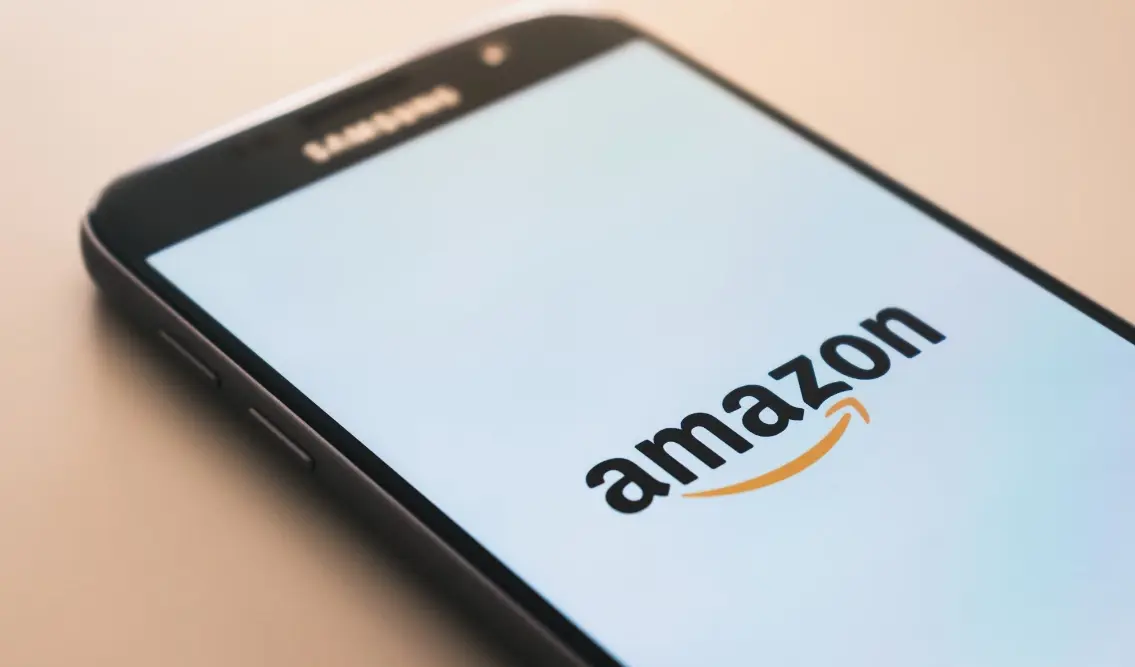 What are ASTM F963 and CPSIA?
What are ASTM F963 and CPSIA?
 Comparison of ASTM F963 and EN 71
Comparison of ASTM F963 and EN 71
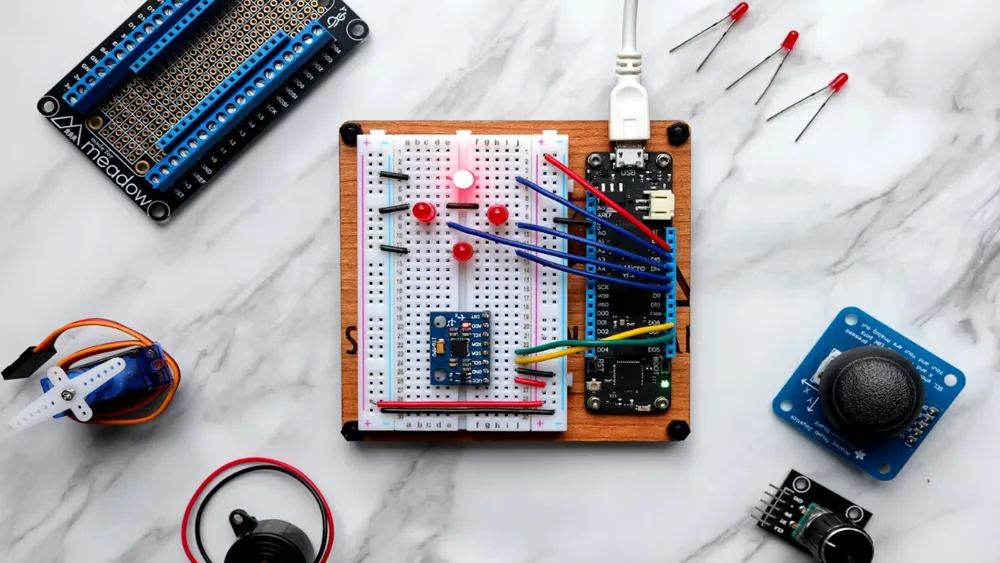 How to get CSA C22.2 NO.256:14 Test Report?
How to get CSA C22.2 NO.256:14 Test Report?
 How much is the ISTA Amazon Packaging & Shippi
How much is the ISTA Amazon Packaging & Shippi
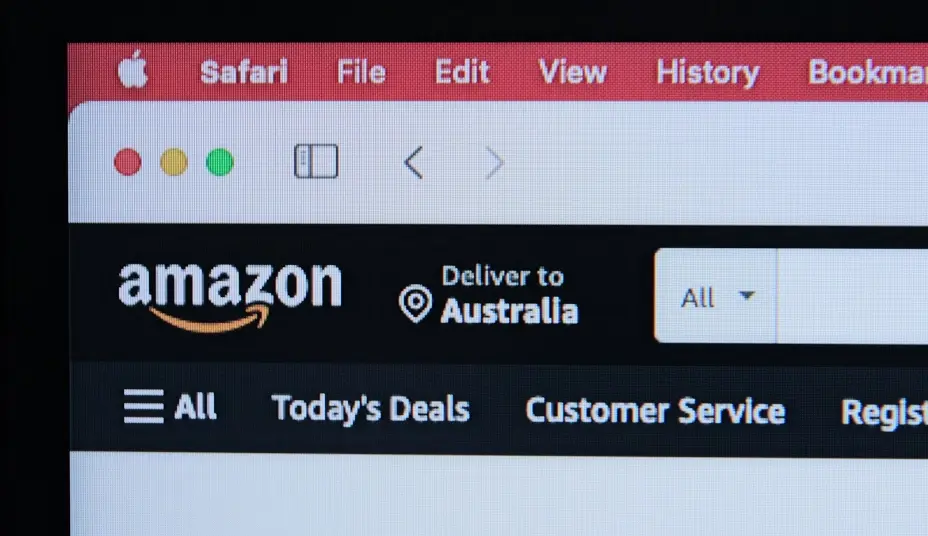 Amazon Product Laboratory Testing Requirements
Amazon Product Laboratory Testing Requirements
 How to Get EPA Certificatio
How to Get EPA Certificatio
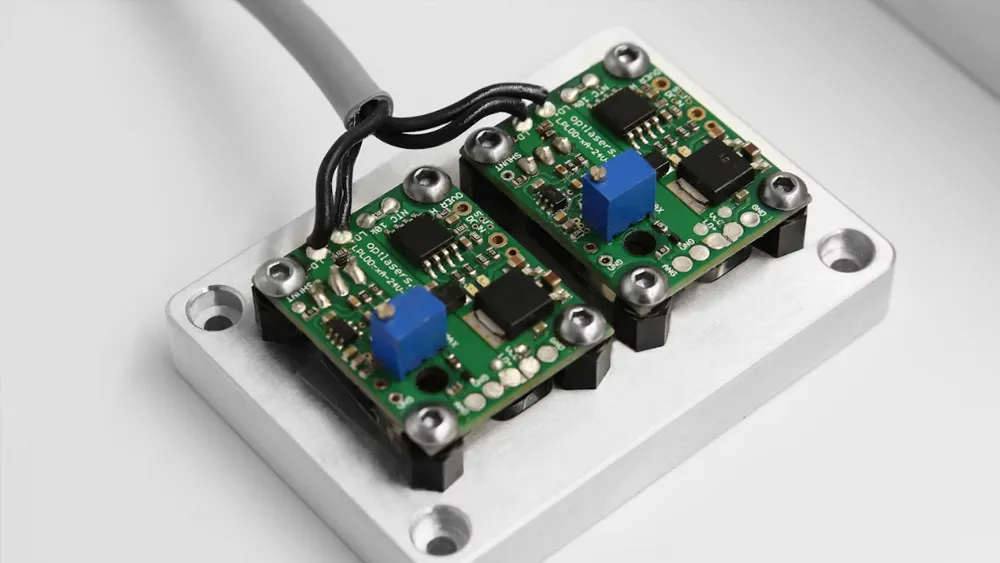 What is EPA Certification in the United States?
What is EPA Certification in the United States?
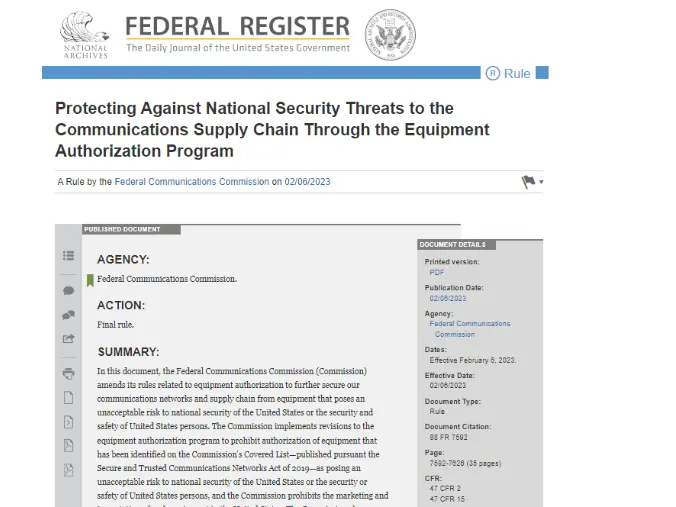 What is an FCC Registered Agent?
What is an FCC Registered Agent?
Leave us a message
24-hour online customer service at any time to respond, so that you worry!




